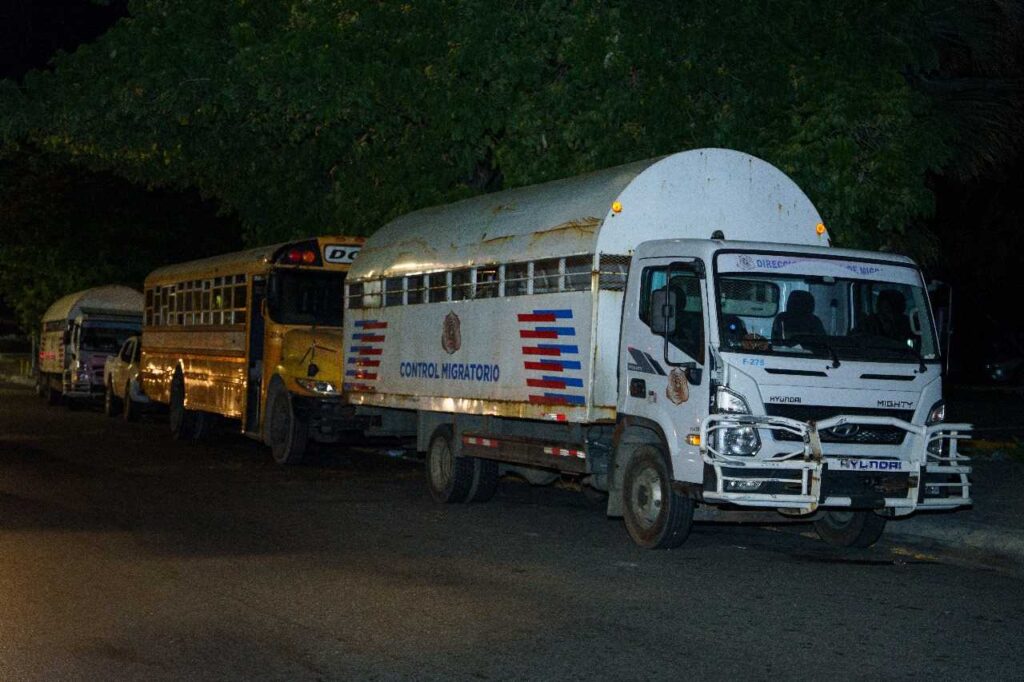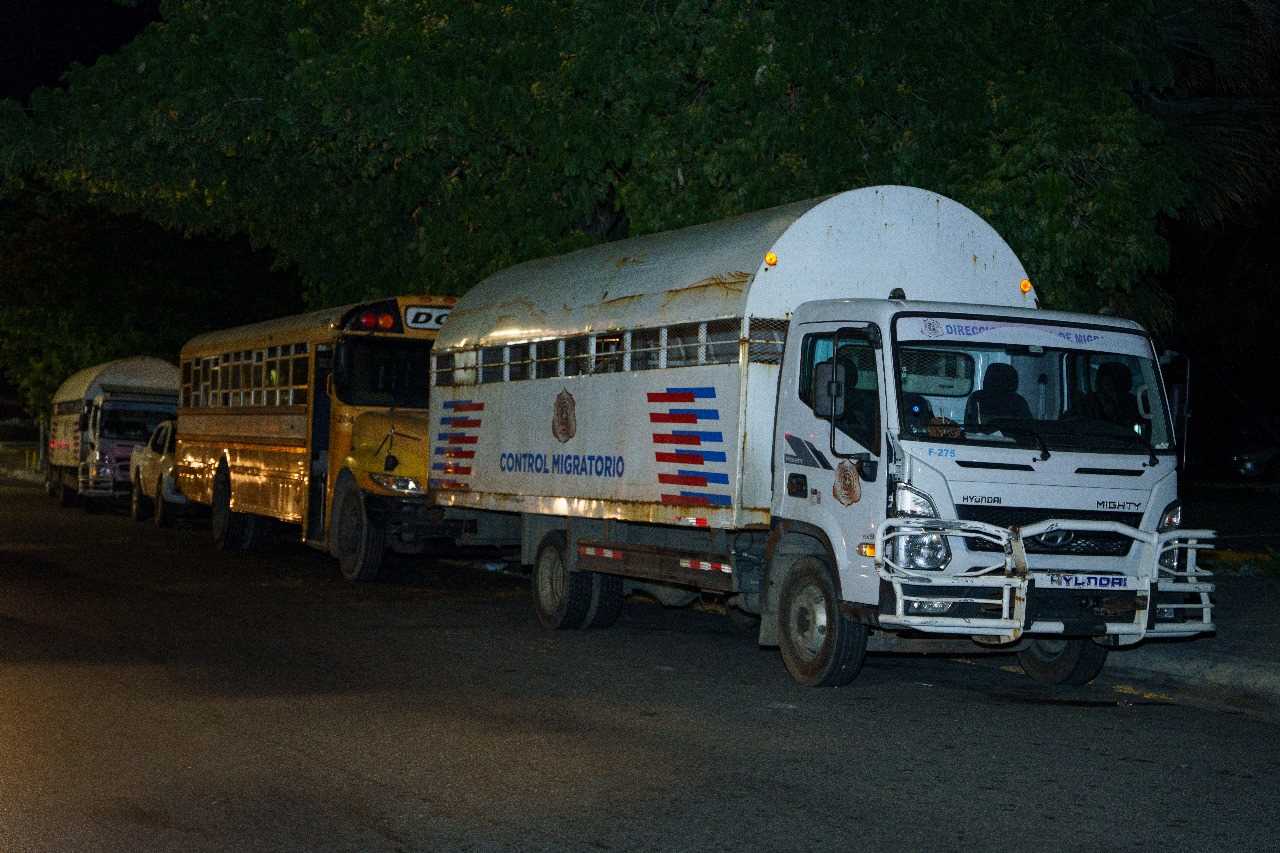
The province of La Altagracia occupies third place in deportations of foreigners in an irregular situation, with a total of 1,976 people.
Greater Santo Domingo leads the list with more than 5,400 deportations, followed by Santiago with more than 4,200, and Elías Piña, which has 1,476 deportees, according to information obtained by Diario Libre.
Of the 1,976 deportees in La Altagracia, 1,888 are men and 88 women, after carrying out 20 operations in areas where it is presumed there is a greater concentration of irregular foreigners. For security reasons, the locations of these operations are not disclosed, and are determined through intelligence work.
It is important to highlight that, in this new phase of deportations, the General Directorate of Migration has the support of institutions such as the Army of the Dominican Republic, the Air Force, the Navy and the National Police, which collaborate in logistics, vehicles and personnel. .
The detainees are transferred to the Immigration processing center in Benerito, where their documentation is verified. Those whose papers are not in order are deported, while foreigners in the process of renewal or regularization are released. Only those who do not have any type of documentation validating their legal stay in the country are deported.
Opinions on the deportation process
Deputy Francisco Villegas, president of the Permanent Immigration Commission of the Chamber of Deputies and representative of La Altagracia, assured that the deportation process has been carried out appropriately, guaranteeing the physical integrity of the haitians detained. However, Villegas highlighted that the presence of haitians in sectors such as health, tourism and construction it has decreased, a statement that does not agree with the available data.
Impact on the sectors of La Altagracia
The impact of the deportations in sectors such as construction, agriculture and health has been limited, according to representatives of these areas, which contradicts the deputy’s statements.
In the field of health, Dr. Juan Félix Medina, deputy director of the Maternal and Child Hospital, reported that there has not been a significant decrease in the number of Haitian women in childbirth.
According to their data, out of every five parturients, three are Haitian, and the percentage of Haitian births in the hospital is between 70% and 80%.
Medina emphasized that many of these women arrive in advanced labor, which forces medical personnel to provide care to them. He also stressed that the implementation of immigration policies is the responsibility of the State and that they have not observed the presence of Immigration authorities in the vicinity of the hospital.

Agricultural sector
Ernesto del Rosario Castro, president of the La Altagracia Agricultural Board Cooperative, assured that so far no effects have been seen in the agricultural sector due to the Migration operations, since the haitians in the fields they have not been detained. However, he warned that if the operations continue, they could impact producers, who largely depend on Haitian labor.
Del Rosario called on the President of the Republic, Luis Abinader, to regularize these workers, given that Dominicans are not interested in carrying out these tasks.
Construction sector
In the construction sector, Ramón Terrero, president of the Association of Master Builders, Amacoa branch, indicated that the Haitian workforce has briefly decreased, but then returns to normal.
He explained that, although some haitians They are detained in the Bávaro area, they return to their jobs a few days later.
Terrero also denounced that certain Immigration officials seem more interested in collecting money from foreigners than in strictly enforcing the laws.
In addition, he highlighted that employers prefer to hire foreign labor instead of Dominican, which negatively impacts local workers.
According to Terrero, in Higüey there are more than 15 points where haitians They group together in search of work, and have even formed unions to better organize themselves in the sector.



